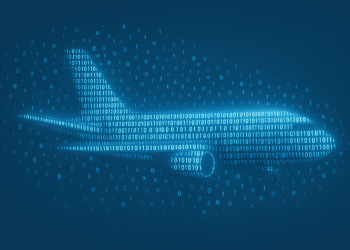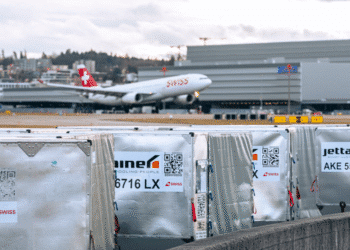3D Printing: Prisoners of ‘the cube’
In his keynote speech at a 3D Printing Conference held during the last International Computer Electronics Show in Las Vegas, Carl Bass, CEO of computer-aided-design giant Autodesk, was uncharacteristically muted in his outlook on the 3D printing craze his company practically invented. The problem with the slow development of 3D printing, also known as “additive manufacturing,” was not the fault of engineers or underfunding but of basic physics.
He said that even if 3D printers were absolutely reliable and produced top-quality components – which they don’t always do – the major obstacle to large-scale industrial adoption is speed. “The problem with the speed of 3D printing is the cube,” Bass said, referring to the “square-cube” law, which states that, as an object grows in size, its volume increases at a faster rate than its surface area.
“If it takes an hour to print something, and I want something that’s twice as big, it takes not two hours, but eight hours,” he explained. “If I want something that’s twice as big as that, it doesn’t take 16 hours, it takes 64 hours. We’re talking about something that’s four times larger than the original will take two and a half days to print.” In other words, scaling up from today’s toy cars to real cars is a daunting challenge.
“For existing technologies, we’re always going to be raising print time to the third power, and that’s a difficult barrier to overcome,” Bass said. “But I think it’s going to change. Every one of the things I’ve spoken about is an opportunity. The pace of innovation over the last five years is going to continue at an exponential rate… We will see more dramatic improvements over the next five years than the last five.”
Back to 3D Printing home page.




